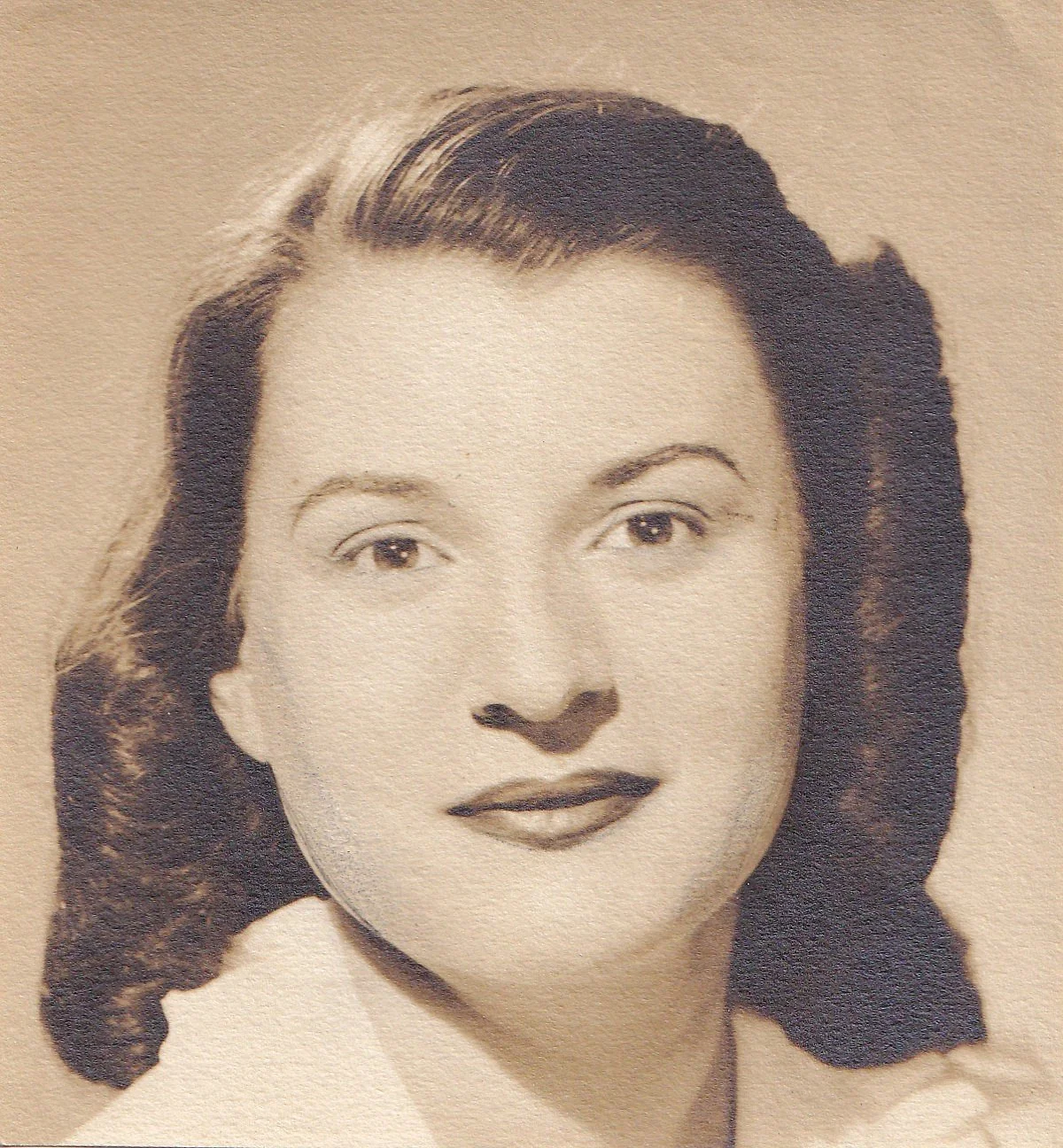Mildred Theresa Mellor Hansen (1920-2005)
My mother was born on December 14, 1920, in the South Bronx, New York. She was an attractive, 5’6” brunette with brown eyes and a certain New York City sophistication. She wore the latest fashion, accessorized with the finest shoes, handbags, gloves and hats. When she eventually moved to Connecticut, the shoe manager at the premier department store in Hartford, G. Fox and Company, would personally telephone her from time to time to let her know when new shipments would arrive with her hard-to-find 9 and one half AAA shoe size.
My mother received a world-class education from the New York City Pubic Schools. A brilliant student, she effortlessly skipped two grades and tested at the top 1% of all New York City students, which allowed her to enroll in Hunter College High School, an all-female school at the time. She went on to study chemistry and physics at Hunter College, also all-female at the time. It was a stimulating environment. Her lab partner, Rosalyn (Sussman) Yalow, would go on to win a Nobel Prize in medicine. My mother sometimes stopped at Rosalyn’s house in the Bronx on the way home from class. She remembered Rosalyn’s mother served pastel potato chips. Hunter College had many famous alumnae.
During World War II, while my father was in Europe serving in the U.S. Army, my mother took a job as a chemist/physicist with the Manhattan Project at Columbia University. The Manhattan Project was a top-secret national effort that led to the development of the first atomic bomb. Only a very few people knew from the beginning what the project would produce. The rest of the scientists and other workers there were simply told they were contributing to the war effort. My mother and the other scientists were asked to do experiments in the lab and report the results.
Everything was very compartmentalized. The chemistry building, Havemeyer Hall, where much of the work happened, is now recognized as a National Historical Chemical Landmark. My mother’s best memories of the Manhattan Project were sitting on the banks of the Hudson River at lunchtime watching the sailors go by. Often she would go to lunch with a gay co-worker, Jimmy (Nygren?), a dancer in his other life.
In truth, my mother really wasn’t a very dedicated scientist. In college, Rosalyn would have the experiments set up before she would even arrive in class. Because of my mother’s high scores on tests, her father had made her study sciences. She would take a number of jobs in chemistry before and after the ManhattanProject, but her passion was in the arts. She would even turn down a full scholarship to Cornell Medical School to work in the lab of a cosmetic company in New York City.
One of those chemistry jobs just before the war was at Cheney Brothers Silk Mills in Manchester, Connecticut. Her father’s sister had married into a family with roots on Wangumbaug Lake in Coventry, Connecticut. The whole extended family would spend summers at a cottage my grandfather built in the 1930s by the lake near his sister’s house. One summer my mother stayed on to work nearby at Cheney’s. That’s where she met my father. As head dyer, he was her boss in the textile firm’s chemistry lab.
When my father was drafted into service for World War II, my mother followed him to basic training in Battle Creek, Michigan, where they got married. Once settled in Michigan, my mother was offered a job at the renowned Battle Creek Sanitarium run by Dr. John Harvey Kellogg. Of, note, Anthony Hopkins played Dr. Kellogg in movie “The Road to Wellville.” Dr. Kellogg’s brother Will Keith Kellogg created corn flakes as a healthy food choice for the sanitarium. Dr. Kellogg himself dressed all in white came to pick my mother up in a white Cadillac for her first day at work. Embarrassed, she had to tell Dr. Kellogg that my father’s 94th Army Division would be shipping out to Europe very soon on the Queen Elizabeth, and that she would be going back to live with her parents in the Bronx for the duration of the war. In any case, the sanitarium would soon be taken over and turned into an army hospital and the Manhattan Project would be calling out for scientists.
In later life she would take up painting, compose a musical for her church’s couples club and design and sew her own fashions. She would take classes with my father to build furniture and make stained-glass windows for their retirement home which she designed. At another job after moving back to Connecticut with my father, she would do chemical plating for a computer circuit board company. The circuit boards that didn’t pass inspection would inevitably end up as artwork on the walls at home. Her artistic/creative flair was always present. When the atomic bomb was dropped on Hiroshima, then Nagasaki, the workers on the Manhattan Project were gathered in Havemeyer Hall and told that they had been part of the successful effort to build the first atomic bomb. They were also told the Germans were only days behind in building their own atomic bomb. The atomic bomb would ultimately bring about the end of World War II.
The Manhattan Project workers were given small copper lapel pins with a large “A” in the middle, and the word “bomb” in small letters below it. Around the top in small letters was written Manhattan Project, and on the bottom, an outline of Havemeyer Hall. More important scientists were given the same pins in silver.
My mother was a pacifist. She protested our involvement in Vietnam, and in 1985, she traveled to Washington, DC, to participate in the “Ribbon around the Pentagon” demonstration to promote peace and nuclear disarmament.
I asked my mother how she felt about helping build the first atomic bomb. She said it brought my father home; otherwise, he may have been sent to the Pacific front.
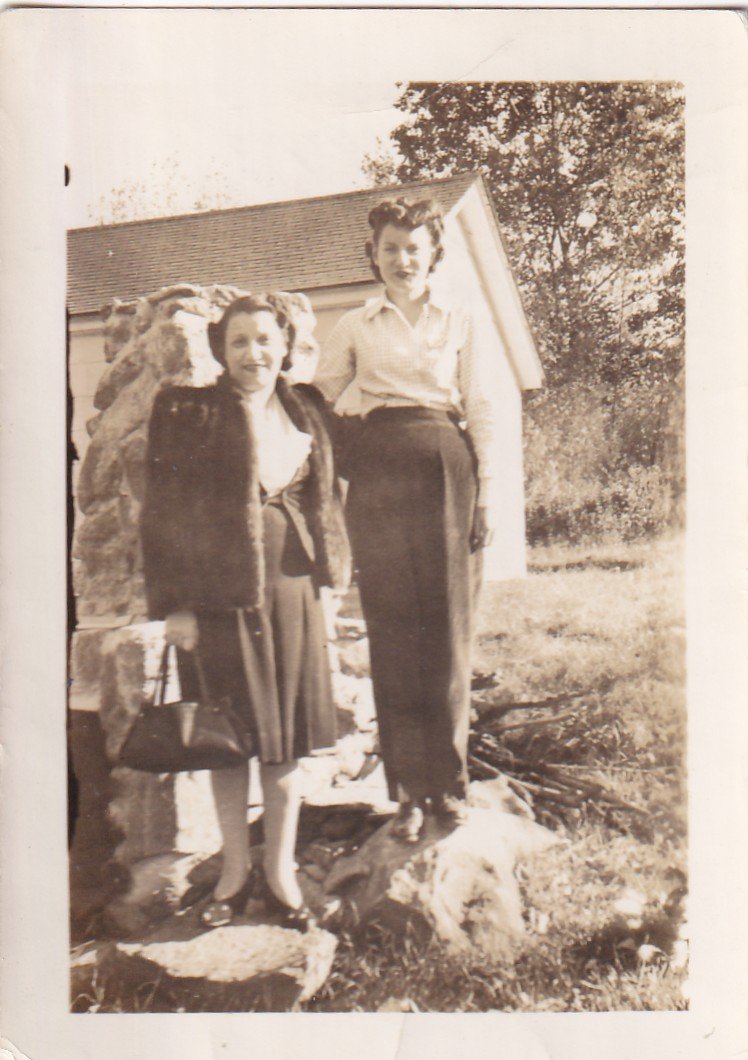
Anita Mellor and Mildred Mellor Hansen

Mildred in the corn field, 65 Avery Shores

Mildred by the farm

Mildred climbing the Cherry Tree at 65 Avery Shores

Mildred at 65 Avery Shores

Mildred showing off the outhouse!

Mildred in the wheel barrel at 65 Avery Shores

Mildred with Grandmother Mary Ann Needham Mellor

Toddler Mildred Mellor

Mildred Mellor Hansen and husband Eddie Hansen

Mildred Mellor and Rosalyn Sussman Yalow at Hunter College lab
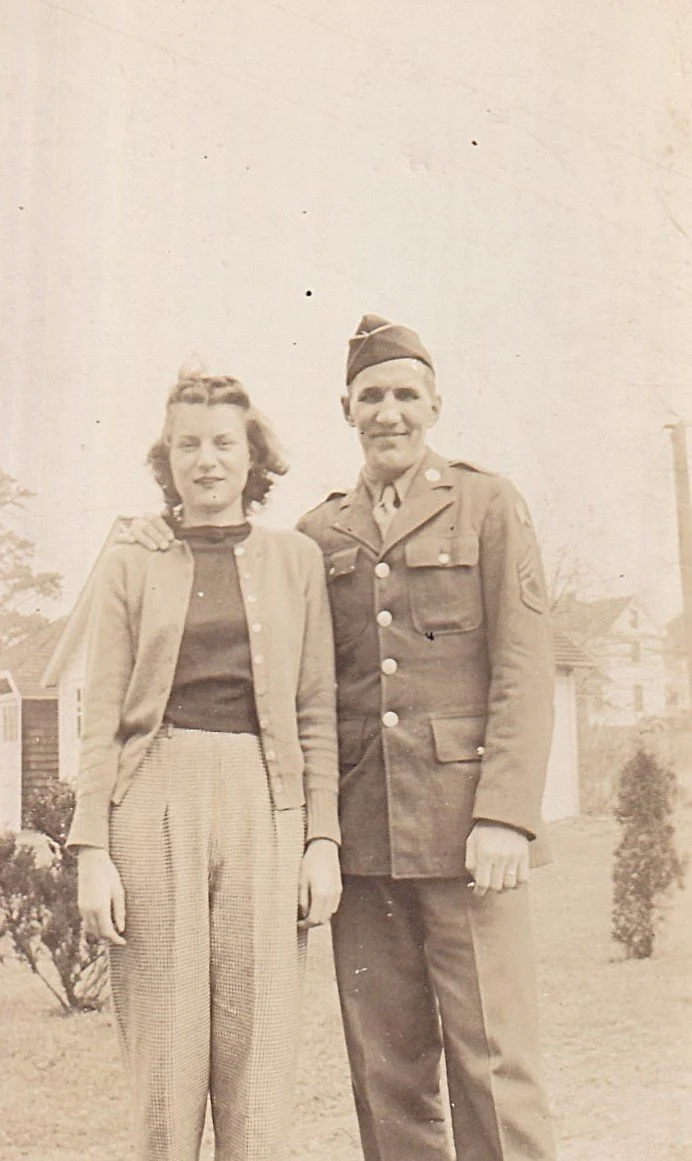
Mildred Hansen and Eddie Hansen
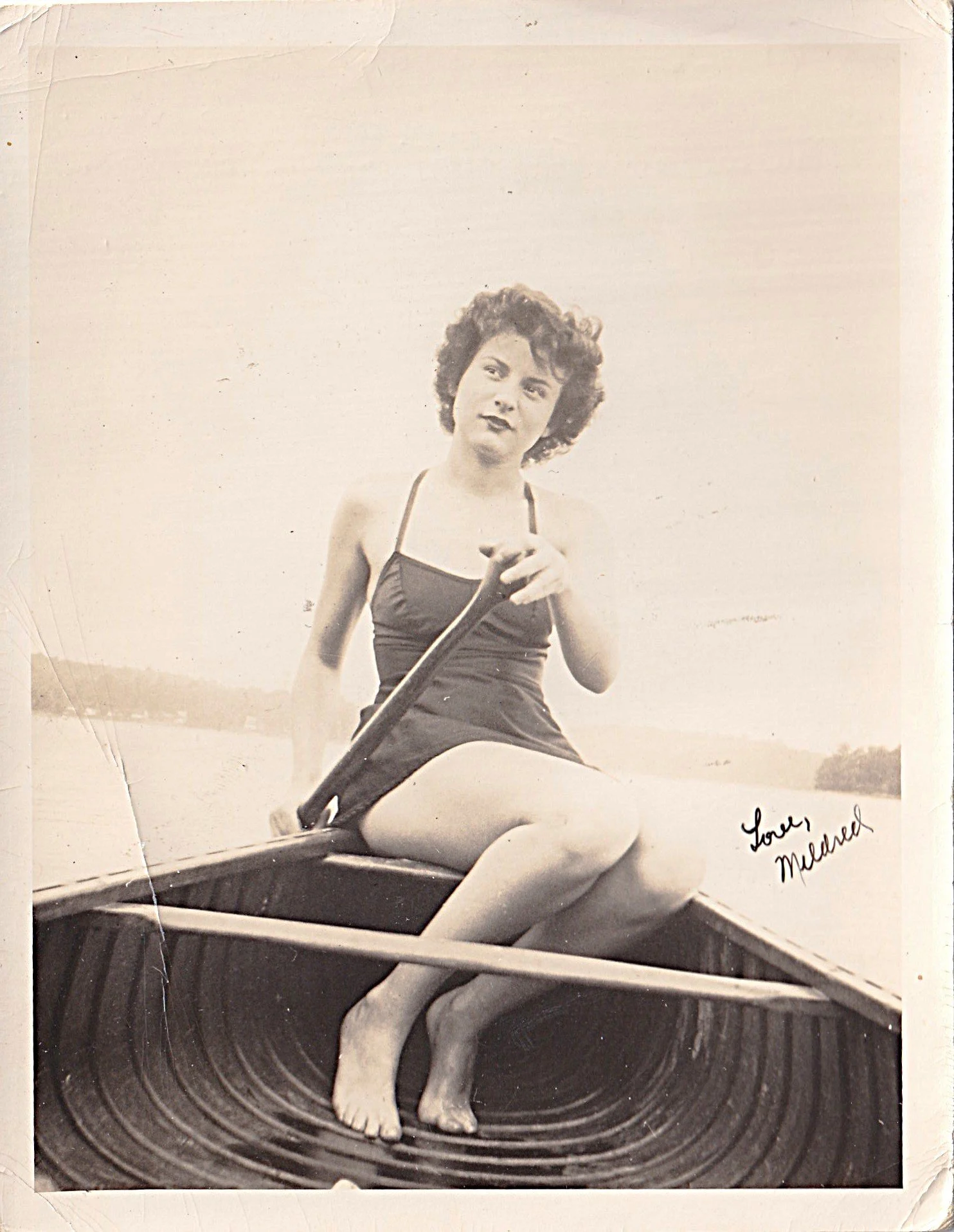
Mildred Hansen in Old Town Canoe

Mildred graduation photo

Mildred, Decoration Day 1945, Bronx, NY

Mildred's Manhattan Project Copper "A Bomb" pin
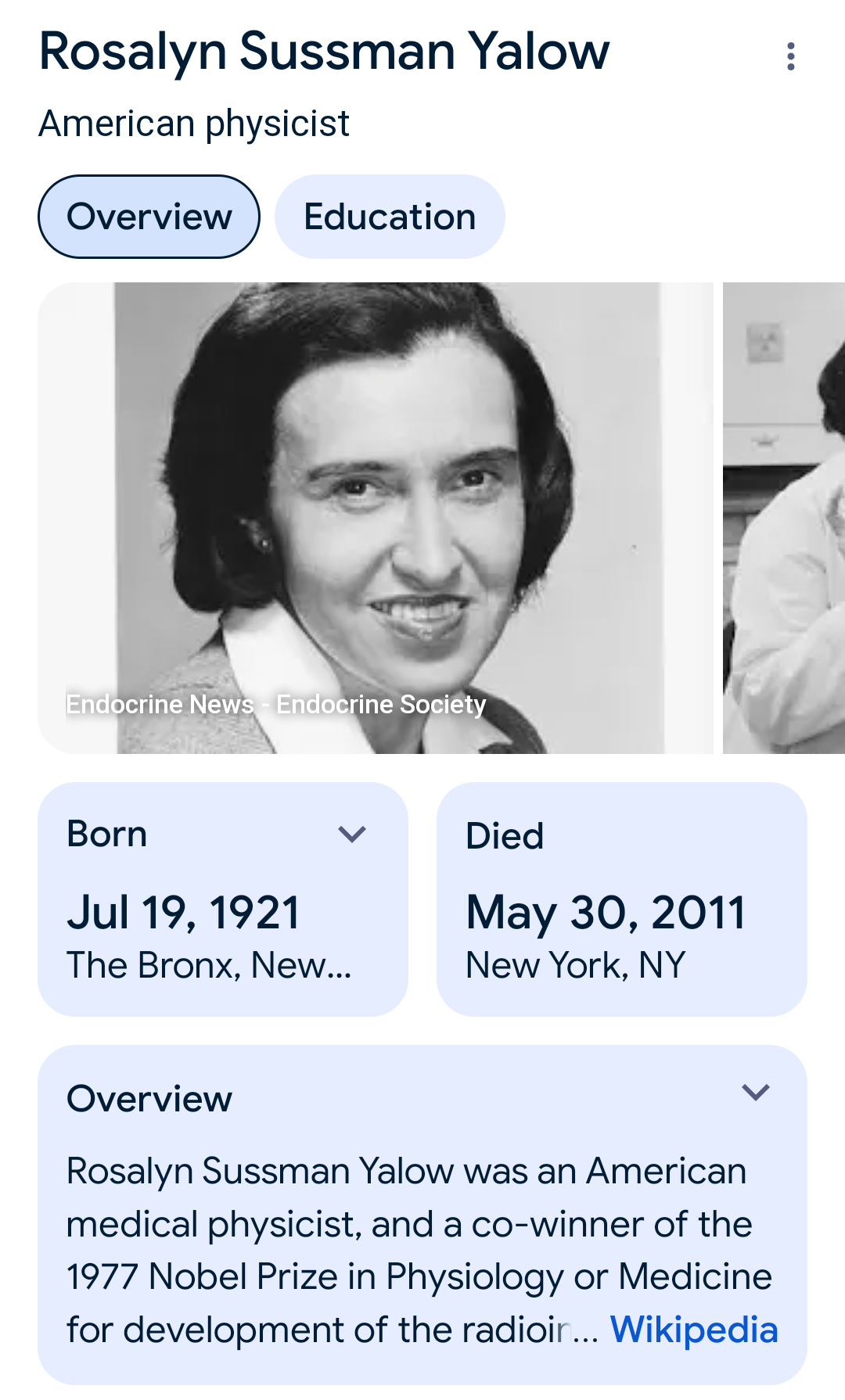
Mildred's Lab Partner & Friend Nobel Price Winner Rosalyn Yalow
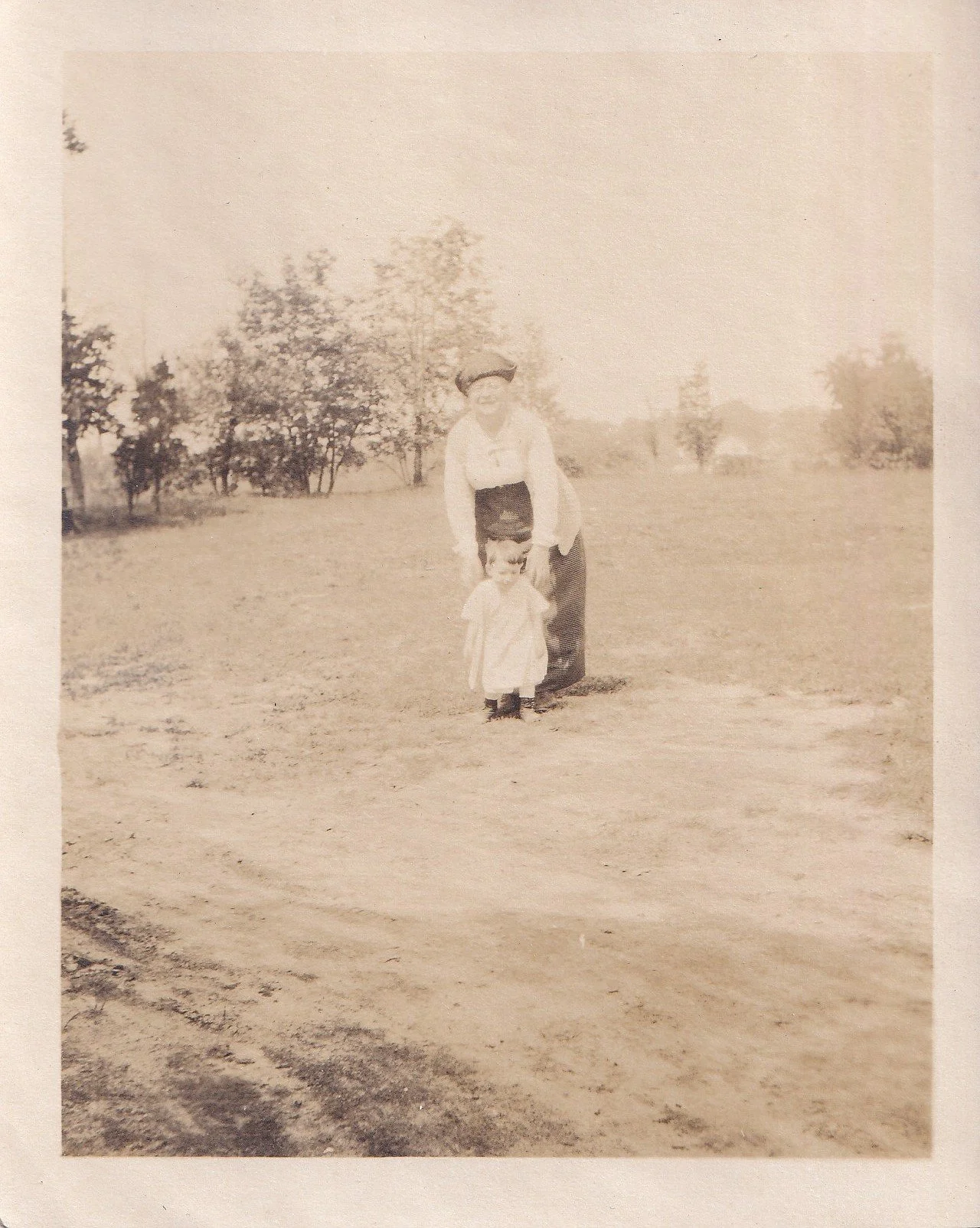
Mary Ann Needham Mellor and Mildred Mellor

Anita Mellor, Charles Mellor, Mildred Mellor, Mary Ann Needham Mellor, John Mellor

Mildred Mellor

Mildred and Skippy
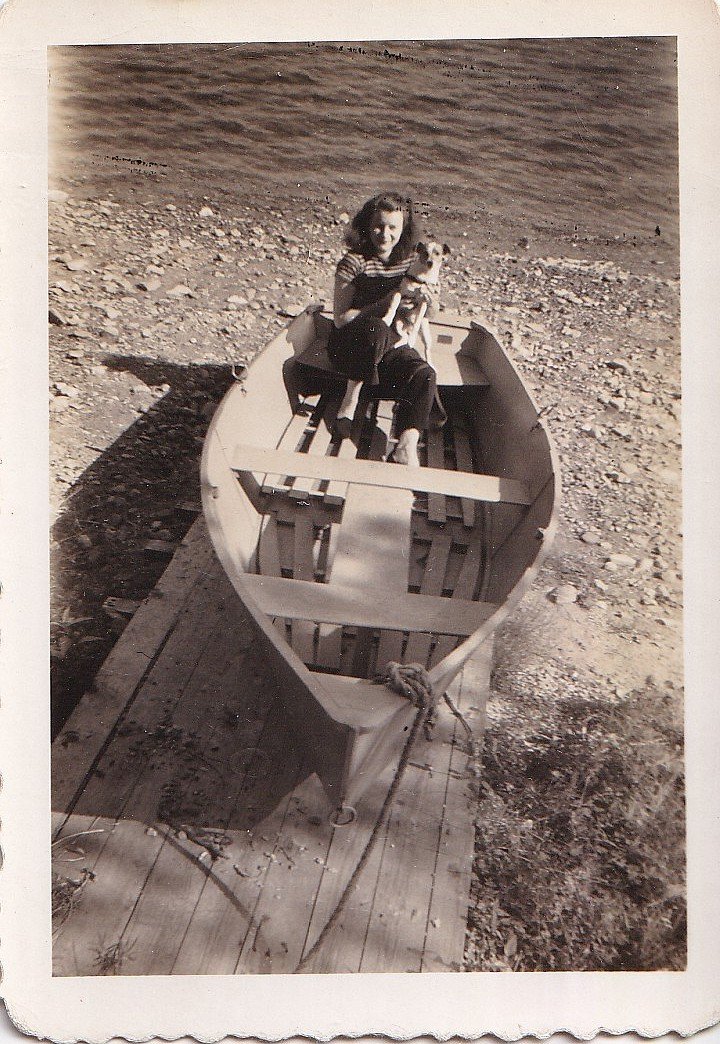
Mildred and Skippy

Ethel Avery, Mildred Mellor, and Arnold Avery

Anita Mellor and Mildred Mellor
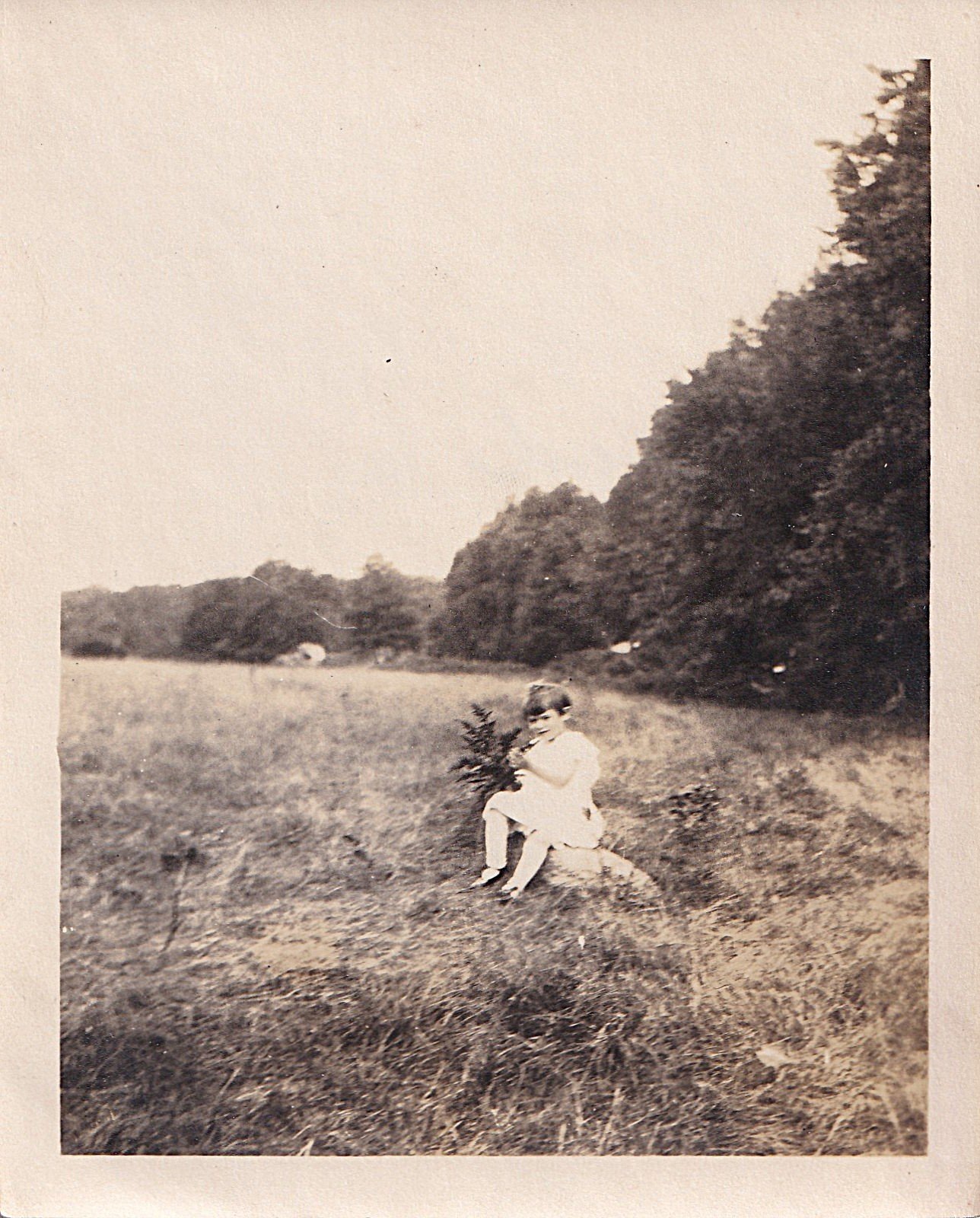
Mildred as toddler
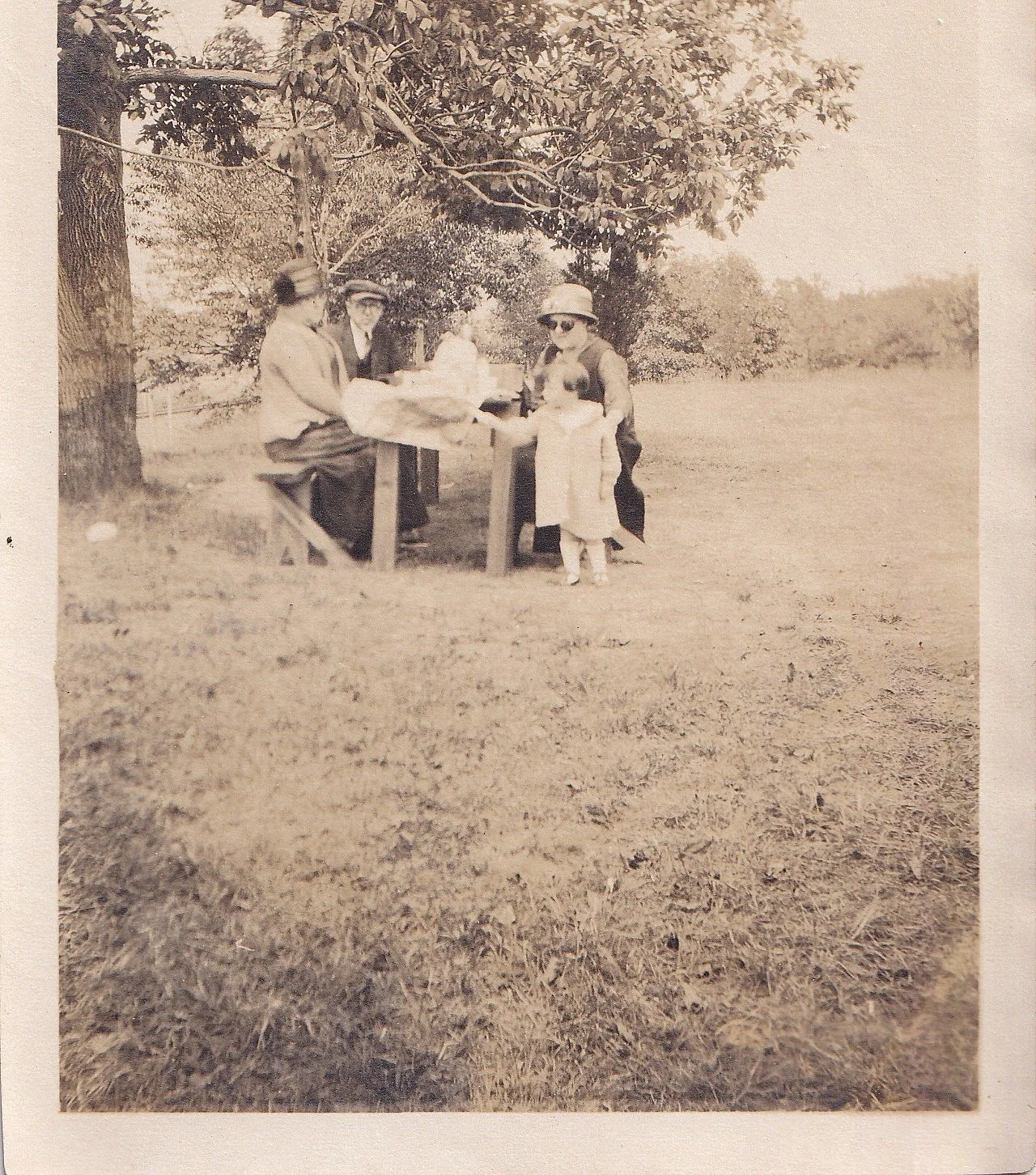
Unknown, Unknown, Mildred, Mary Ann Needham Mellor
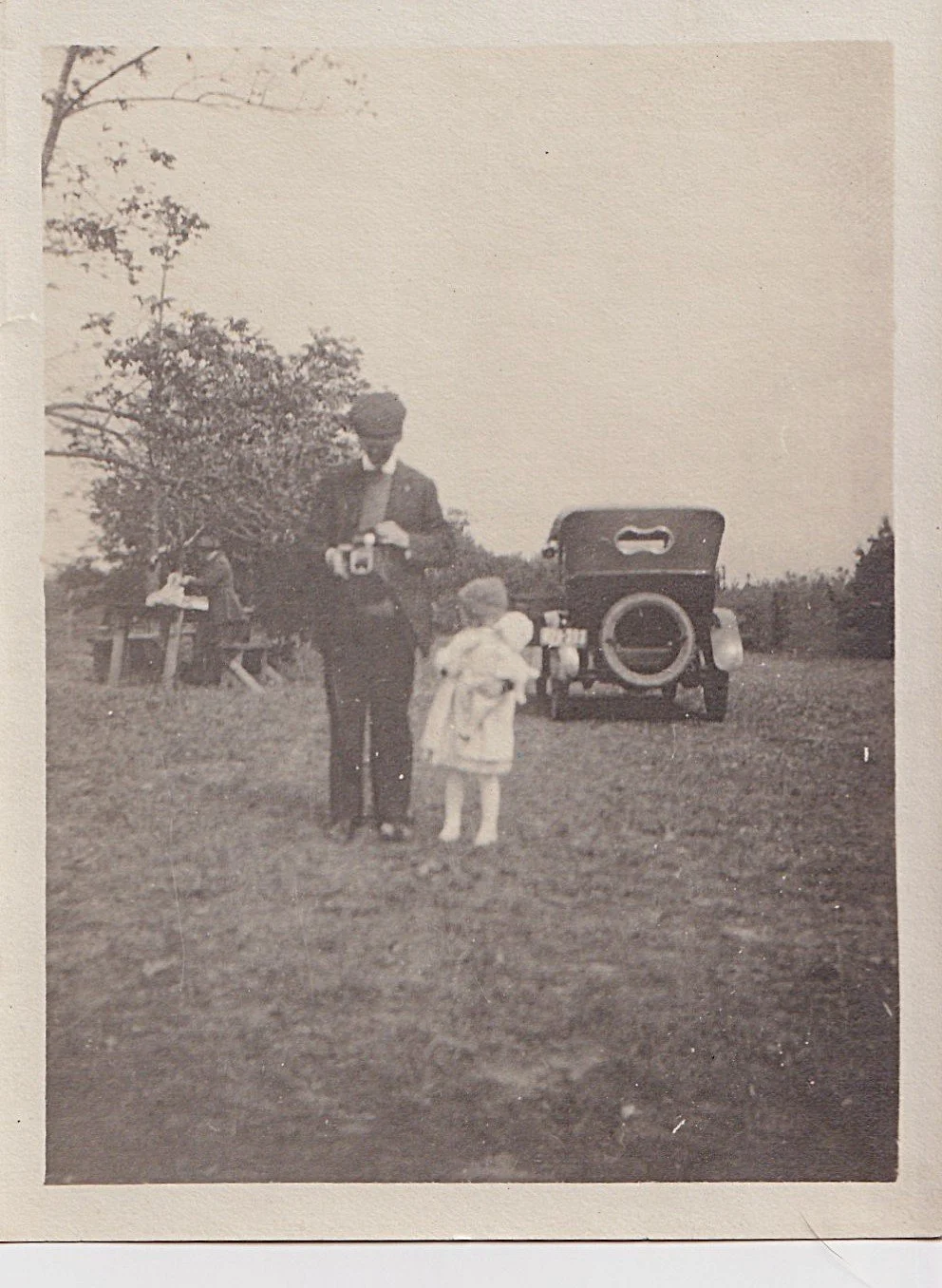
George Avery and Mildred
